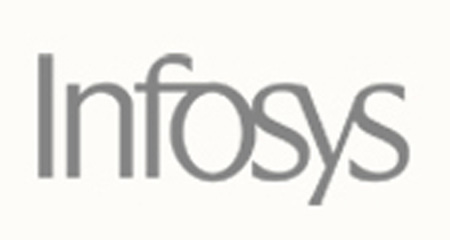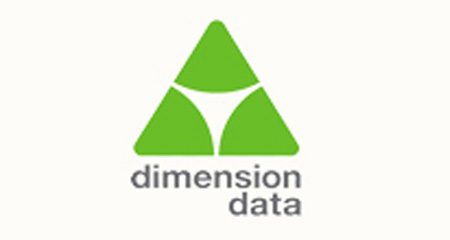Mongo DB Classes & Training Institute In Pune
MongoDB is a source-available cross-platform document-oriented database program. Classified as a NoSQL database program, MongoDB uses JSON-like documents with optional schemas. MongoDB is developed by MongoDB Inc. and licensed under the Server Side Public License (SSPL) which is deemed non-free by several distributions.
Features at NITS Softwares:
- Certified Experienced Trainers
- Recording Session of Online Class.
- 24X7 Hands-On Practice Lab available.
What is MongoDB?
MongoDB is an open-source document-oriented database that is designed to store a large scale of data and also allows you to work with that data very efficiently. It is categorized under the NoSQL (Not only SQL) database because the storage and retrieval of data in the MongoDB are not in the form of tables
The MongoDB database is developed and managed by MongoDB.Inc under SSPL(Server Side Public License) and initially released in February 2009. It also provides official driver support for all the popular languages like C, C++, C#, and .Net, Go, Java, Node.js, Perl, PHP, Python, Motor, Ruby, Scala, Swift, Mongoid. So, that you can create an application using any of these languages. Nowadays there are so many companies that used MongoDB like Facebook, Nokia, eBay, Adobe, Google, etc. to store their large amount of data.
Features of MongoDB
Schema-less Database: It is the great feature provided by the MongoDB. A Schema-less database means one collection can hold different types of documents in it. Or in other words, in the MongoDB database, a single collection can hold multiple documents and these documents may consist of the different numbers of fields, content, and size. It is not necessary that the one document is similar to another document like in the relational databases. Due to this cool feature, MongoDB provides great flexibility to databases.
Document Oriented: In MongoDB, all the data stored in the documents instead of tables like in RDBMS. In these documents, the data is stored in fields(key-value pair) instead of rows and columns which make the data much more flexible in comparison to RDBMS. And each document contains its unique object id.
Indexing: In MongoDB database, every field in the documents is indexed with primary and secondary indices this makes easier and takes less time to get or search data from the pool of the data. If the data is not indexed, then database search each document with the specified query which takes lots of time and not so efficient.
Scalability: MongoDB provides horizontal scalability with the help of sharding. Sharding means to distribute data on multiple servers, here a large amount of data is partitioned into data chunks using the shard key, and these data chunks are evenly distributed across shards that reside across many physical servers. It will also add new machines to a running database.
Replication: MongoDB provides high availability and redundancy with the help of replication, it creates multiple copies of the data and sends these copies to a different server so that if one server fails, then the data is retrieved from another server.
Aggregation: It allows to perform operations on the grouped data and get a single result or computed result. It is similar to the SQL GROUPBY clause. It provides three different aggregations i.e, aggregation pipeline, map-reduce function, and single-purpose aggregation methods
High Performance: The performance of MongoDB is very high and data persistence as compared to another database due to its features like scalability, indexing, replication, etc.






















